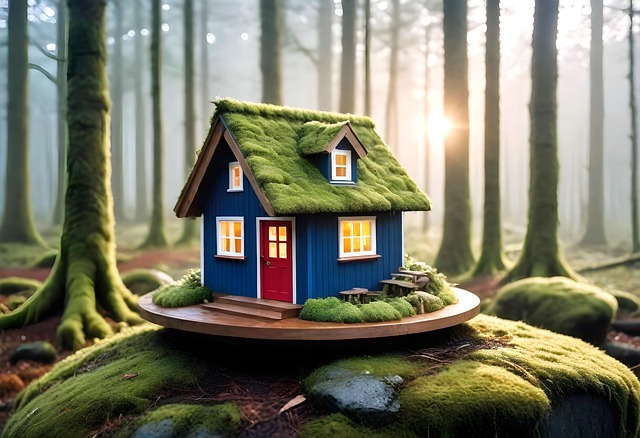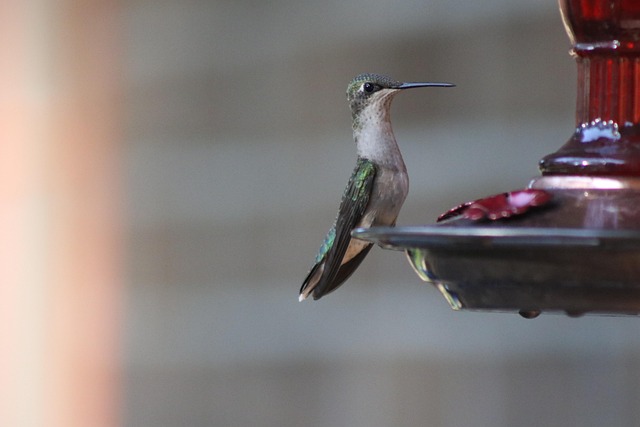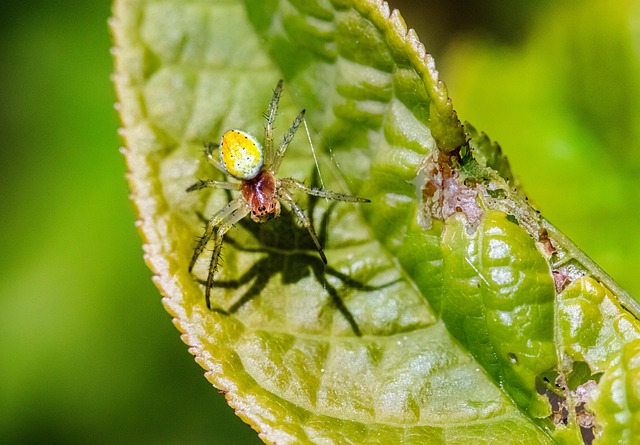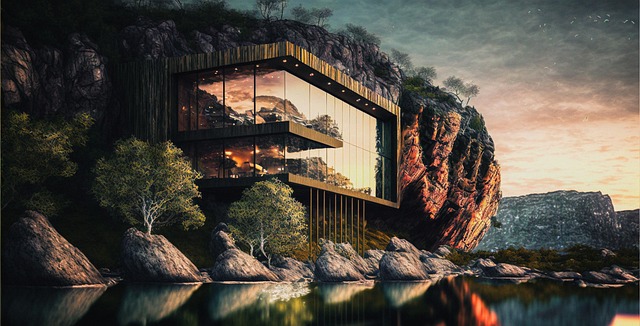The real estate industry is shifting towards sustainable living spaces driven by environmental awareness and financial benefits. Developers use green technologies and materials to meet growing demand for eco-friendly homes. Tiny homes and smart urban designs prioritize sustainability over size, reducing energy costs and environmental impact. This trend aligns with modern values, appealing to environmentally conscious consumers and fostering community well-being.
In today’s eco-conscious world, the demand for sustainable living options is on the rise. This article explores innovative approaches to real estate, focusing on eco-friendly alternatives to larger dwellings. We delve into the concept of tiny homes as a viable solution and examine greener alternatives tailored for urban settings. By examining these trends, we aim to inspire a move towards more sustainable and compact living spaces in the real estate sector.
Exploring Sustainable Living Spaces in Real Estate

In today’s eco-conscious world, the real estate industry is experiencing a shift towards sustainable living spaces. Consumers are increasingly seeking out environmentally friendly alternatives to larger dwellings, driving a demand for green buildings and eco-designed homes. This trend not only benefits the planet but also offers long-term financial advantages. Developers and architects are exploring innovative solutions like renewable energy integration, efficient water management systems, and the use of sustainable materials to create spaces that minimize environmental impact.
By focusing on these aspects, real estate professionals can attract a growing market segment of buyers and renters who prioritize sustainability. This shift is not just a passing fad but a necessary step towards a greener future. As such, staying informed about sustainable living trends in real estate is crucial for those looking to invest or build, ensuring they make choices that resonate with modern values while potentially reaping significant benefits.
Tiny Homes: A Viable Eco-friendly Option

Tiny homes are gaining popularity as a viable and eco-friendly alternative to larger dwellings in the real estate market. These compact living spaces offer a minimalist approach to housing, promoting sustainability by reducing resource consumption and minimizing waste. With their small footprint, tiny homes require fewer materials for construction, less energy for heating and cooling, and often incorporate renewable energy sources like solar panels, making them an environmentally conscious choice.
Moreover, the movement towards tiny homes aligns with growing concerns about environmental impact and changing lifestyle preferences. Individuals are increasingly seeking simpler living arrangements, downsizing from larger properties to embrace a more sustainable and low-maintenance lifestyle. This trend not only benefits the planet but also allows people to focus on experiences over material possessions, fostering a closer connection to nature and community.
Greener Alternatives for Urban Dwellings

In urban areas, where space is often at a premium, there’s a growing trend towards adopting more eco-friendly alternatives to traditional larger dwellings in real estate. This shift isn’t just about reducing carbon footprints; it’s also driven by a desire to live closer to nature and cut down on energy costs. Smaller, well-designed homes, built with sustainable materials and incorporating green technologies, offer an appealing option for environmentally conscious urban dwellers.
These greener alternatives range from compact apartment units to meticulously planned microhomes, often featuring innovative designs that maximize natural light and ventilation. Smart home technology plays a significant role here, enabling efficient energy use and water conservation. By embracing these modern solutions, urban residents can enjoy a more sustainable lifestyle while contributing to the overall environmental health of their communities in the real estate sector.






